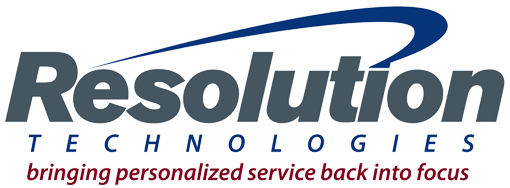IT management is a broad term that can apply to any of your IT systems, expenditures and plans. To make sure you have all of your bases covered, you need to focus on best practices in four key areas: strategic planning, enterprise architecture, asset management and security. By addressing concerns within these core functional areas, you can make sure your overall IT management strategy is designed to produce optimal results.
IT Strategic Planning
To create a robust IT strategic plan, you need to have input from a diverse group of employees and managers. This helps create a big picture plan for the direction of IT in the organization and ensures all key stakeholders have input into large-scale decisions. Get everyone committed to regular meetings and status updates, and use the overall framework to drill down into individual milestones.
Regardless of anything you do, trying to manage IT needs without a plan will likely run into trouble. However, the program can be flexible enough to allow for changing priorities or new technological advancements of interest.
Enterprise Architecture
Your enterprise architecture is the backbone of all of your IT operations. Without sound architecture, you can encounter many functional frustrations that can otherwise be avoided. Understand your current technical capabilities and limitations, and consider how to address the constraints in the future.
Further, make sure your infrastructure is prepared to grow with the needs of the business. This can require a significant commitment of resources, but failing to keep pace with the speed of business today, you will find your organization suffering as a whole.
IT Asset Management
Outside of your primary infrastructure, you are surrounded by a variety of other IT assets that must be managed appropriately. Determine the lifecycle of current equipment and software solutions, and create a method for addressing equipment needs before a solution becomes obsolete.
Additionally, make sure there is a solidified process for managing broken and outdated equipment. If confidential information is contained on machines, you need a disposal process that accounts for the destruction of this data, even if it means shredding components. Failure to manage this side of your IT assets can lead to information being found by someone out of the organization, which can pose a significant risk to internal operations.
IT Security
Securing your network and assets is critical in today’s connected workplaces. Make sure that all equipment meets current security standards at all times. Automate security software updates for employee devices and restrict access to the network to only company-approved devices. Failure to have security protocols in place puts you at greater risk of intrusion or infection. This can compromise the quality of your data, allow information to be viewed by unauthorized personnel and render systems unusable.
Do You Have the Right People for the Job?
If your organization does not have critical skill sets available, some of these practices may be challenging to institute. That’s where Resolution Technologies can help. Contact Resolution Technologies for all of your IT staffing needs and make these best practices a reality for your organization.



